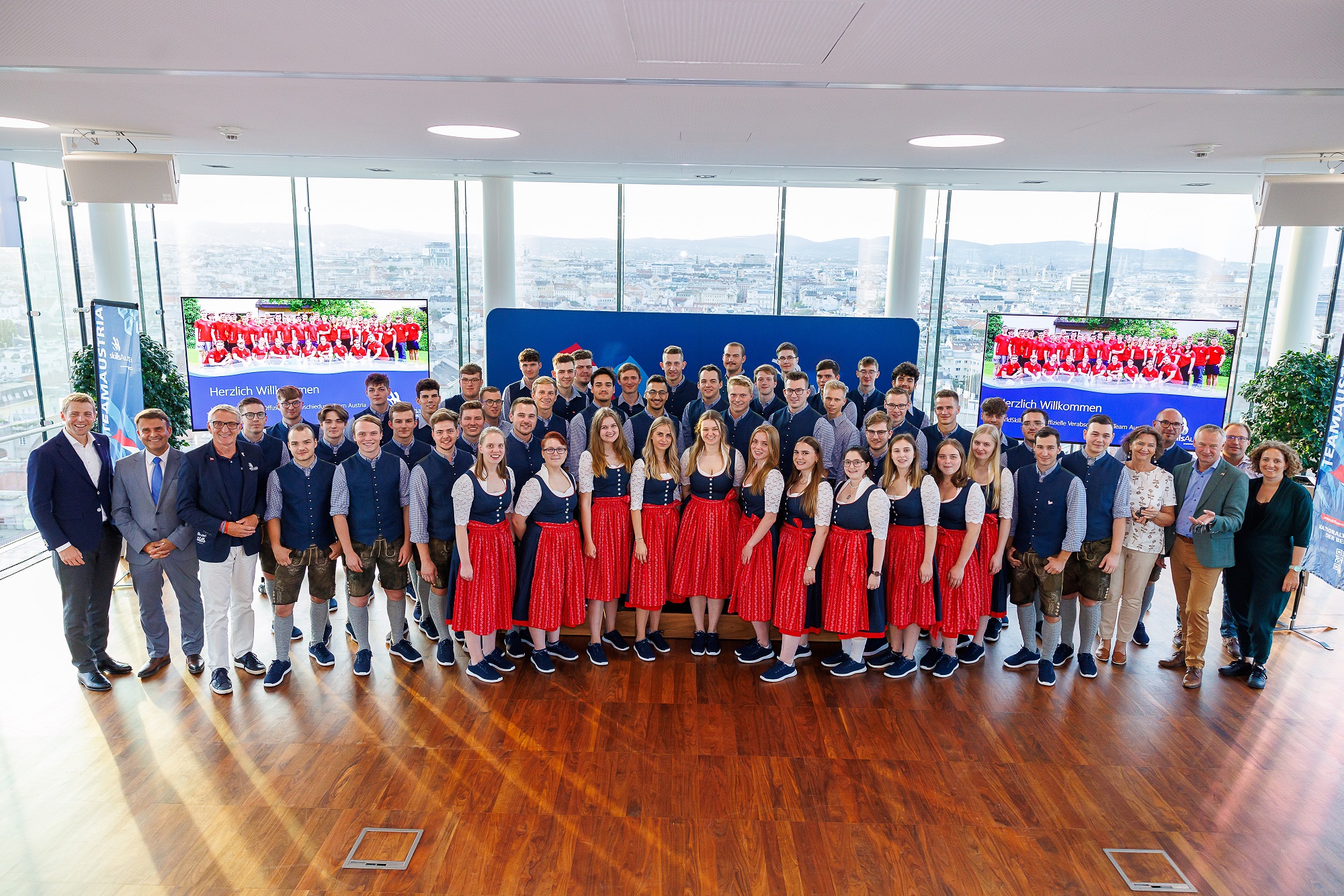Island states like the Maldives and the Seychelles are holiday destinations for luxury tourism, but the electricity they require is generated with fossil fuels; just one resort may consume up to 10,000 litres of diesel every day. While there is certainly plenty of sunshine that might be used instead, surfaces on land (rooftops, for example) are not big enough to cover such high energy requirements.
Swimsol has hit upon the idea of taking PV systems out onto the water and their SolarSea system generates greener electricity, thus reducing diesel consumption in tropical island regions. The Austrian company has been working with Vienna University of Technology (TU) to develop a sea-going, floating solar array that is globally unique. The system is suitable for use in calm sea conditions, so the atolls of these holiday islands are ideal.
The panels are mounted on a metal frame that floats half-in and half-out of the water, better equipping the structure to deal with wave action – Swimsol claim that the solar platforms can also withstand winds up to 120 km/h and waves up to 2.5m in height. The floating islands are anchored to the sea floor and the solar power is piped ashore to the island via an undersea cable.
Swimsol has already delivered several projects in the Maldives and recently completed its first venture in the Seychelles, marking a further milestone in the company’s history; for the first time, a hotel island could be supplied with electricity 24/7, saving more than a million litres of diesel and 3,400 tons of CO2 annually.




